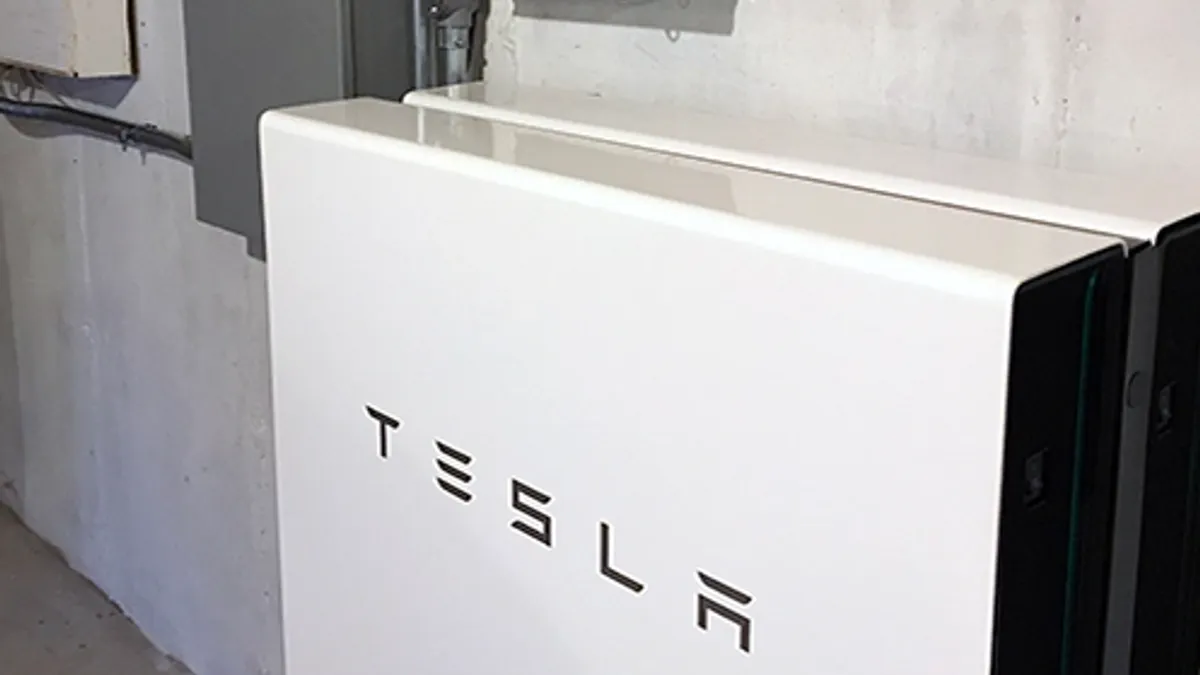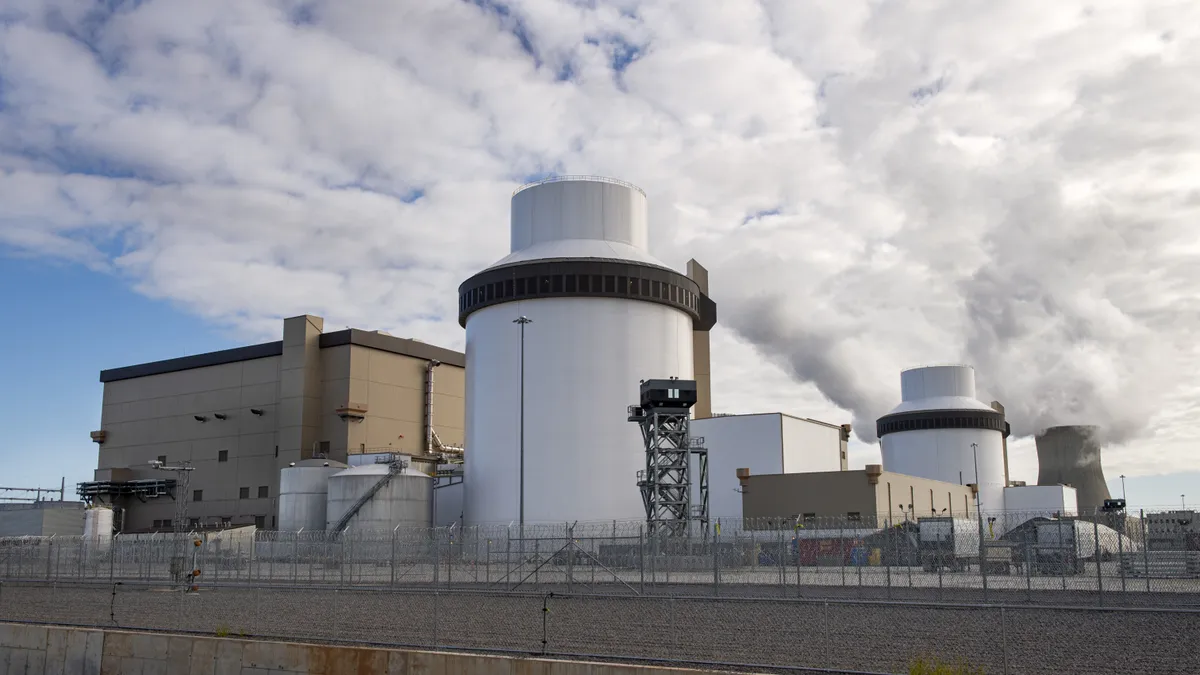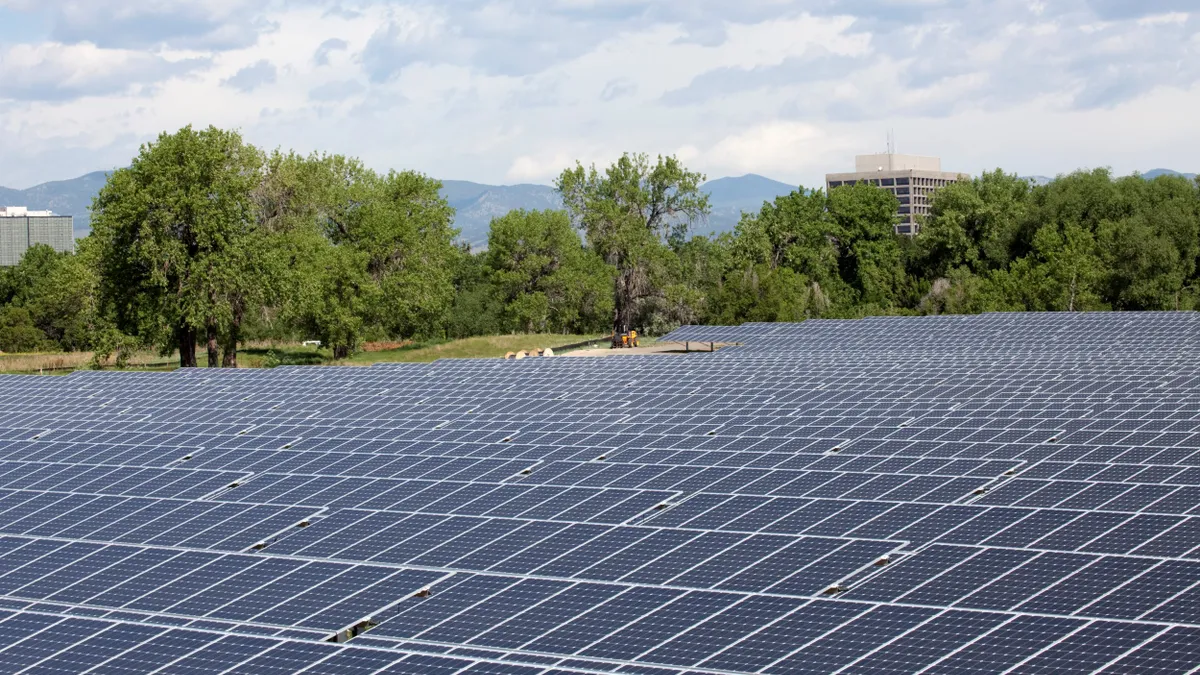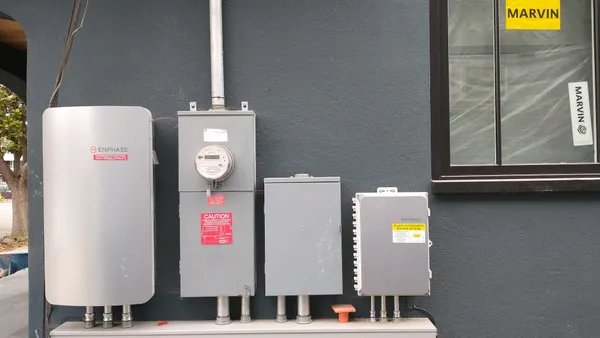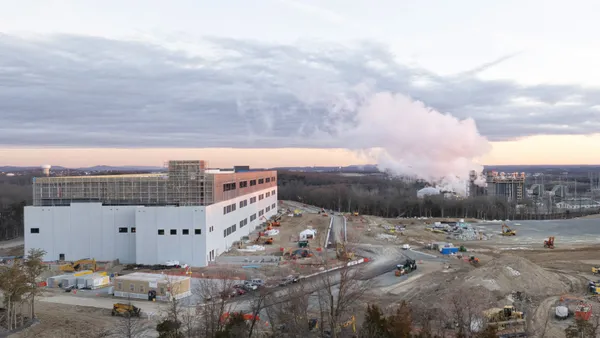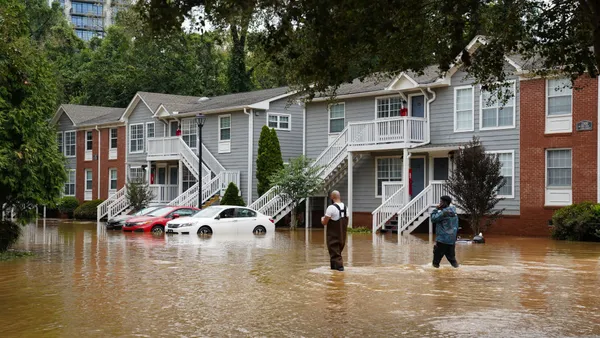Dive Brief:
- The United States should deploy 10 million distributed energy storage installations and reach 700 GWh in total deployed storage capacity to meet its energy needs by 2030, the Solar Energy Industries Association said on Jan. 28.
- SEIA also released a national state energy storage policy guide that includes current statutory procurements and deployment targets, state and utility incentives, demonstration programs and consumer protections for energy storage.
- Amid rising load growth projections and an increasing share of renewable generation, a rapid increase in energy storage capacity is essential to “[ensure] our grid can adapt to challenges, support critical infrastructure and deliver reliable power to every community,” SEIA President and CEO Abigail Ross Hopper said in a statement.
Dive Insight:
The U.S. has nearly 500,000 distributed energy storage installations and about 83 GWh of total energy storage capacity, SEIA said, citing data provided by Wood Mackenzie.
The 2030 targets announced last month would represent a more than 20-fold increase in the number of distributed storage installations and a more than eight-fold increase in total deployed capacity. The 700-GWh target is also well above Wood Mackenzie’s business-as-usual forecast of 450 GWh in energy storage capacity by 2030, SEIA said.
Wood Mackenzie’s most recent Energy Storage Monitor showed total U.S. storage deployments reaching a record 9.9 GWh in the fourth quarter of 2024, up 58% from the year-ago period. For full-year 2024, deployments increased 30%, marking the industry’s “strongest year yet,” Wood Mackenzie Senior Research Analyst Nina Rangel told Utility Dive in December.
Early-stage development constraints mean “it will be difficult to keep this pace,” leading Wood Mackenzie to forecast average annual growth of 10% between 2025 and 2028, Rangel said.
Utility-scale storage installations account for the lion’s share of U.S. storage deployments, reaching about 9 GW in Q4 2024, Wood Mackenzie said. Deployments in the community, commercial and industrial segments totaled just 29 MW and declined 4% year over year, it said.
“The U.S. needs more storage than is currently planned” to enhance grid reliability and resilience while fully utilizing “the thousands of gigawatts of renewable energy that will connect to the grid” by 2030, SEIA said in a Jan. 28 whitepaper detailing its targets.
The whitepaper recommends 20% of all U.S. storage installations occur in the distribution-connected residential, commercial and community segments, with transmission-connected installations to account for the remaining 80%. Distribution-connected storage would total 140 GWh and transmission-connected storage 560 GWh by 2030, SEIA said.
By the end of 2023, falling raw material costs had driven the respective prices of new residential and utility-scale energy storage systems below $2,000/kW and $1,000/kW, with further declines possible as additional U.S. lithium mining capacity comes online, SEIA said. New battery chemistries, such as iron-air, could enable faster deployments as well, according to the whitepaper.
But significant policy support remains necessary to reach SEIA’s 2030 targets, it said.
From a regulatory standpoint, faster implementation of Federal Energy Regulatory Commission Orders 841 and 2222 alongside fairer valuation of storage systems’ contributions to distribution grids and RTO-level reforms to support flexible interconnection standards could “level the playing field” for energy storage systems,” SEIA said. So could “rational and affordable” retail charging rates, lower barriers to storage installation siting and smoother permitting using platforms like SolarAPP+.
States should also continue to lead on storage procurement with appropriate financial incentives as the industry defends federal clean energy tax credits in Washington, SEIA said.


